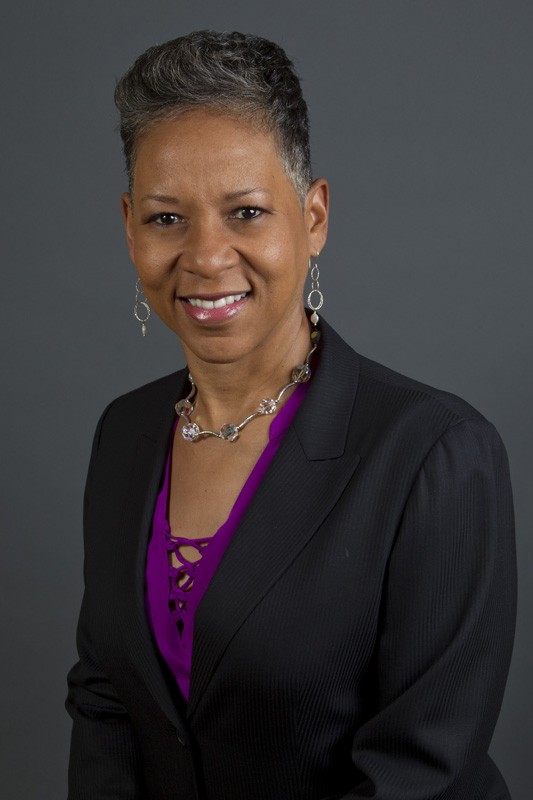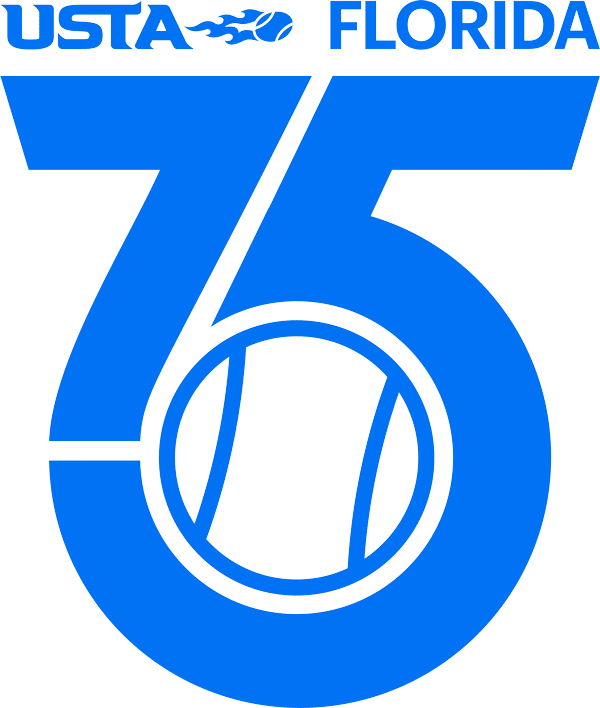
Katrina Adams
Three outstanding women are serving as presidents in 2015 of three of the most powerful organizations in U.S. tennis.
Former WTA tour player Katrina Adams has assumed the president’s role at the United States Tennis Association’s (USTA) national body; 30-year USTA volunteer Nancy Horowitz has taken up the presidency of the USTA Florida Section; and Trish Faulkner, a well-known female pro, author and tennis director has assumed the presidency of the United States Professional Tennis Association (USPTA) Florida Section.
“One of the priorities of U.S. tennis organizations today is to involve more women at every level,” says Jason Gilbert, director of competitive tennis for the USTA Florida. “Having these three impressive women take up leadership in Florida and nationally will help bring more women into all of tennis.”
Today, for example, says Gilbert, women make up approximately only 18 percent of USPTA membership.

Nancy Horowitz
“This presents us with an important priority and challenge in our sport,” he says. “Along with the need for younger players and pros, bringing women into tennis as leaders and players will make tennis more equitable, competitive and enjoyable.”
An important milestone, the three future presidents agree, took place when Stacey Allaster, a talented former Canadian pro, was appointed president and later chairman and CEO of the WTA tour.
“I think we were in the minority in many [tennis] roles,” says the USPTA’s Faulkner. “But there are so many very talented women in the sport of tennis, I don’t believe that in the last 10 years women have taken a back seat in this industry at a high level.”
Adams is one pro who hasn’t taken a back seat. She is now the fourth USTA national women’s president since Judy Levering became the first president of the 118-year organization in 1999.

Trish Faulkner
Adams is a former Top 10-ranked doubles player on the WTA circuit and first became involved on the national USTA Board of Directors as an “Elite Athlete” designate. She has since served a number of additional roles, including USTA national coach, pro tennis commentator and founder of an inner-city tennis program in Chicago.
She believes things are slowly changing, and that women lend a unique perspective as leaders.
“We have a way of looking at things with a different set of eyes, looking at both sides of the coin, and a different way of communicating,” Adams told USTA Florida. “We hope to get many more women involved.”
The first step, according to Adams, is getting women to participate in tennis management, getting them excited about leading and volunteering.
“You don’t have to be a professional tennis player or a competitive player to volunteer,” Adams says. “Throughout the industry of tennis there are manufacturers, accountants, lawyers — every profession involved in the sport. We need to find a way to get that inclusive message out.”
After 35 years of male presidents, the USTA Florida Section appointed its first woman president in 1986. Since then, half of the 14 USTA Florida presidents have been women, with Horowitz taking the reins in 2015.
“It has taken awhile,” Horowitz says, “but the world has changed and women are in many top positions.”
Horowitz started as an official in tennis in the late ’70s, and in the next 35 years served on the top volunteer board and committee posts within the USTA Florida Section.
The three women hope to carry on current organizational goals of the immediate past presidents, and express some shared challenges for their 2015-16 terms. They want to work on greater participation in the sport, increased communications with membership and volunteers, and greater partnering within the industry to move things forward.
“We have a big gap with regard to participants ages 18 to 40,” Adams told USTA Florida. “This is a challenging group because they are just finishing college, perhaps starting out in a career or starting a family and tennis is not a priority. We have to find a way to make the game more inviting, more interesting, make it less time consuming.”
Also a key in the coming years is to attract more under-30 leaders.
“The Baby Boomers (ages 50-68) are organizing teams, running community tennis associations, heading up junior tennis and learning youth development programs,” she says. “We need to get the younger core group out there and involved.”
Faulkner takes the reins of the USPTA Florida Division with an enviable background. She is a 2007 USTA Florida Hall of Fame inductee for her player expertise (28 USTA Gold Ball national trophies), administration capabilities (former WTA staffer, pro and recreational tournament director) and volunteer achievements (too numerous to mention). As president she will tackle two challenging issues.
“I feel my challenge in the next two years is to continue to increase our member communication and find innovative ways to attract new young members who will continue to keep the intensity and passion for the game alive,” Faulkner says.
Horowitz, the USTA Florida president-elect, will keep folks laughing and very much engaged in her new role. From performing as Lady Gaga to the delight of staff and volunteers during the USTA Florida annual awards and volunteer celebration weekend to driving new initiatives such as Florida’s Hispanic outreach program “Tenis Para Todos” (Tennis for Everyone), it’s bound to be a great year for the section.
“Trying new things, progressive thinking and watching the faces of children and adults hitting that ball for the first time are all very rewarding,” Horowitz says. “I believe that partnerships and working together will make things happen. Mentoring and working with people to find new leaders is a goal to achieve. People need to know that USTA Florida is here for them. We have many resources that can help them at their clubs with programs, events or tennis questions.”
Faulkner sums it up for the three women: “I don’t think you will find anyone who works harder than the three of us. It should be a great time for women in tennis and for tennis generally.”


